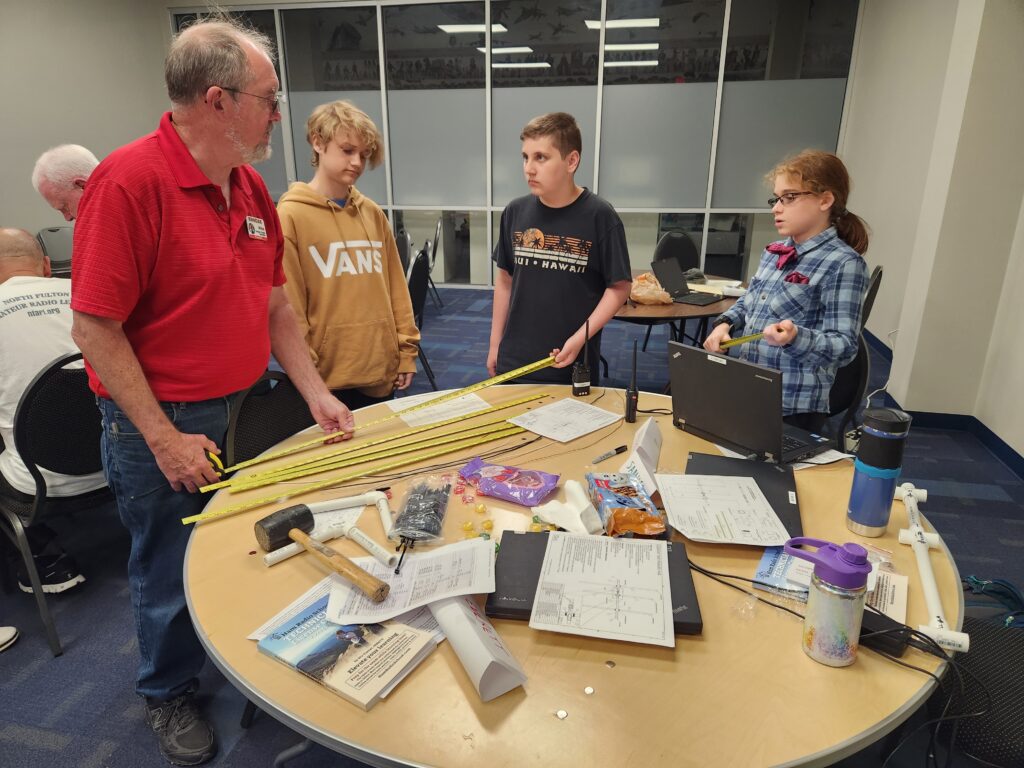By Tom Tortorici
In 1877, many saw the newly-invented telephone as a novelty; just a passing fad. Today, life without our phones is unimaginable.
A society that conversed by letter and telegram couldn’t see, at first, the need for a voice communication network. But then people picked up on the telephone’s game-changing potential for doing business, exchanging gossip, calling an ambulance, and making dinner reservations. Now empowered to instantly share their latest whim, Americans became addicted to being connected.
Over the years, the simple principle of remote conversation has remained the same. But telephones, like most technology, evolved in technical sophistication, at each step enhancing our own reach, convenience, and capabilities. This chronology may be nostalgic for some and educational for others, as we learn how past accomplishments become the foundation for future innovations.
The Beginning - The First Telephones
- The first phones got their nickname from the shape of the wall-mounted mahogany box
- Turning the crank generated an electrical signal to alert an operator. Then you’d tell her who you felt like talking to
- Early adopters of this technical miracle included local stores, where most people would have to go to call their mothers

- Freed from having to stand at the wall, people enjoyed more leisurely chats sitting at these slim desktop devices
- As the expanding system of telephone lines branched from penthouses to farmhouses, telephones became the early-1900s must-have amenity
- Rural neighbors who shared a ‘party line’ accused each other of listening to their conversations. Though everyone denied it, there wasn’t much else to do for entertainment
- With the further miracle of automated switching, people could dial direct instead of talking to an operator. Phone numbers were assigned, and dials started appearing on telephones.

- In an enduring iteration, the dual-function handset was nested into a cradle on the base
- European models were ornate, but U.S. phones took a simple, utilitarian form. To accommodate the increase in internal electronics, bases got bulkier – and bulkier again
- Pricey long-distance calls were kind of a big deal, as in ‘quiet, kids, dad’s on long distance’
- The Bell System replaced their hard-wired leased phones with modular-connected purchased phones in the 1970s
- You might pick up an answering machine at Radio Shack to be absolutely sure you never miss a call

Phones in Our Homes and Offices
- When having a phone in the house just wasn’t convenient enough, families could now have one in every room
- A wall phone in the kitchen freed up counter space, this time with an extra-long cord for talking while making lunch
- Slim, stylish Trimline phones in designer colors were perfect for bedside tables
- With the conversion from dialed pulses to touch-tone beeps, the Trimline pioneered button dialing on the handset

- The first local networks were Private Branch Exchanges (PBX), linking the multi-line phones on each desk
- Office mates knew each other by their extension numbers, using the system as an internal intercom to make lunch plans
- Workers could transfer calls, first putting the caller on hold (with lovely music so they wouldn’t mind)
- Executives used the speakerphone function for some of the first hands-free calls and virtual meetings

Phones On the Go
- By 1925, there were 25,000 coin-operated public telephones in New York City alone. Local vendors were continually asked for change for a dollar
- Pay phones were indispensable for salesmen on the road and newsmen reporting hot stories – but also for gangsters running illegal drug and gambling operations
- Sidewalk phone booths also offered a nice square yard of sheltered privacy for your dime

- VIPs started going wireless in 1946, using costly radio technology for early mobile telephones
- Originally a bulky 80 pound installation, car phones eventually slimmed down to a 20 pound ‘bag;’ fine for talking in the car but still too cumbersome to lug around
- For the first time, calls were directed to a person, not a place
- In 1980, the new cordless phone in the kitchen could even be carried to the bathroom for an uninterrupted flow of conversation
- With an internal memory ‘phonebook,’ you no longer had to memorize the numbers of your favorite people. And with Caller ID, you could dodge those who weren’t

- Would people pay $4000 to always be connected, with the first phone they could easily carry anywhere? A long waiting list in 1983 revealed a lucrative new market for manufacturers and carriers
- The Motorola DynaTac 8000, known as the ‘brick’ for the hefty battery it encased, weighed the same as six of today’s phones
- The limited first generation cellular network was analog, not digital. But it perfected the trick of ‘handing off’ calls from one cell tower to the next, as you chatted while riding in your limo

The Merger of Phones and Computers
- Feature phones were ‘semi-smart,’ but clunky by today’s standards. What were once devices became apps, as brands competed to add calculators, GPS, games, calendars, cameras, and more
- Personal Digital Assistant phones like the beloved Blackberry were essential business tools, with a tiny keyboard for email on the run
- Web-enabled phones, premiering in 1999, started with just a small text display to access weather, flight times and stock prices
- Flip phones had a clamshell form factor that slipped easily into a pocket or purse. Texting was possible, but laborious on a numeric keypad

- It was 2007 – not all that long ago – when Apple got it right, with the powerful, versatile, seamless app platform they called the iPhone. Now, you truly had the world in your pocket
- Though it’s still called a ‘phone,’ texting has largely taken over for interacting with folks you don’t necessarily want to talk to
- With their dominant touchscreens, virtual keyboards, and lack of buttons, smartphones changed how we interacted with our devices
- Too lazy to scroll and click to call a colleague? Just ask a helpful disembodied voice to place the call for you – as you would have a century and a half ago

It’s impossible to foresee what future phones could possibly evolve into. Our empowering glass slabs seem to be the pinnacle of technology and usefulness. But our ancestors, speaking into those first magical wooden boxes, thought the same thing.
At Computer Museum of America, you can explore the evolution of many different technologies, and learn how far we have come to this point in the digital age. Come see how that powerful little computer (also known as your telephone) you carry everywhere fits into the arc of technology history.
About the Author
Tom Tortorici is a web designer and marketing copywriter with his own collection of media, communications and computing artifacts. He is amazed at what you can find on eBay.
More about his work can be read here.







